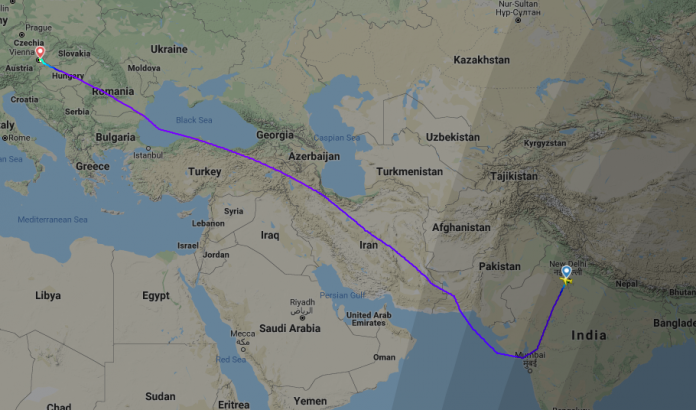Spooked Pakistan Continues To Keep Air Space Closed For Indian Aircraft

New Delhi: Exactly two months after the Indian Air Force’s strikes on Balakot, a spooked Pakistan continues to keep its air space closed for Indian aircraft.
Sources in the civil aviation ministry said though Pakistan has been opening its airspace in portions, it is still closed for Indian carriers. Most of the foreign airlines are also avoiding Pakistani air space while flying out from India.
Earlier this month, Pakistan opened one route to enter southern Pakistan from near Mumbai. However, this is only one of the 11 exit and entry points between India and Pakistan.
Why Pakistan Is Doing This
Since the 27 February announcement of air space closure, flights from airlines across the world have had to be rerouted and cancelled, with Air India being the worst-hit. The operating cost for Air India, which flies to numerous destinations in Europe and the US, has increased significantly as it has had to take longer routes due to the closure of Pakistani airspace.
Top sources in the defence and security establishment say the primary aim of the Pakistani military behind this closure is to impose cost on India.
“They also fear a second air raid by Indian Air Force. What happened on 26 February was a setback to the Pakistani military as despite a full alert, Indian fighters were able to get in and drop bombs on the Jaish-e-Mohammed training camp,” a senior officer from the defence and security establishment who did not wish to be identified told ThePrint.
Another source explained that Pakistan also wants to draw the world’s attention to its conflict with India.
Air India Worst Hit

Air India's Delhi to New York flight took a detour from its usual path to avoid Pakistan's airspace
Air India, the country’s flag-carrier, flies 33 weekly services to the US and 66 to Europe, most of which have had to be diverted or cancelled because a majority of to Europe and North America overfly Pakistan.
Some flights from Delhi to the US are badly hit, since they are ultra-long haul flights in any case, and have had to be diverted over Mumbai and then northwards over the Arabian Sea via UAE airspace. As a result, technical stops (for refuelling and crew change) were first introduced via Sharjah, UAE, and now via Vienna, Austria.
The Delhi-Washington flight, meanwhile, now has a stopover at Mumbai.


